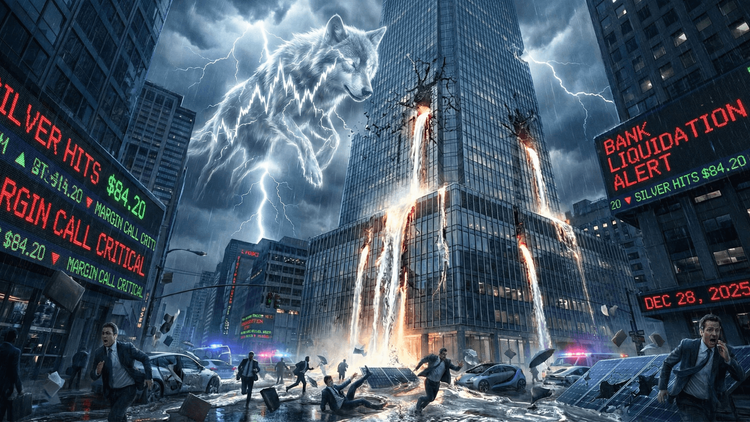Wall Street’s Warning: The Sell-Off Has More Room to Run
Stock market volatility continues as economic concerns, trade tensions, and earnings risks weigh on investor sentiment.

The markets have been anything but stable, and investors hoping for a turnaround may have to wait longer. Despite entering a new quarter, the stock market continues to grapple with economic uncertainties, geopolitical risks, and a shifting interest rate landscape. The sell-off that began earlier this year shows no clear signs of abating, with leading analysts warning that the worst may not be over yet.
Economic Concerns Weigh Heavily on Stocks
One of the biggest factors fueling the ongoing market downturn is the weakening economic outlook. Truist co-chief investment officer Keith Lerner, who downgraded his stance on equities from Attractive to Neutral in February, remains cautious. He points to the first downward revisions of U.S. GDP in years as a major warning sign.
At the same time, corporate earnings expectations remain elevated, creating a dangerous disconnect. If economic growth slows while earnings forecasts remain optimistic, a wave of disappointing corporate results could trigger further selling. Forward-looking investors understand that this divergence is unsustainable.
The Tariff Shock and Market Volatility
Global trade tensions have also thrown fuel on the fire. Former President Donald Trump’s recent comments about sweeping new tariffs have unsettled markets, with investors fearing retaliation from key trading partners. A broad-based tariff increase could lead to higher costs for businesses, erode corporate profit margins, and place additional strain on consumers already dealing with inflationary pressures.
Wall Street strategists have taken note. Goldman Sachs’ chief economist Jan Hatzius slashed his 2025 GDP forecast, while the firm’s equity research head, David Kostin, lowered his S&P 500 target for next year. The consensus is clear: a prolonged trade war could inflict severe damage on the U.S. economy and the stock market.
The "Magnificent Seven" No Longer Carry the Market
The tech-driven rally that propelled markets in 2023 and early 2024 has lost momentum. High-flying stocks like Tesla and Nvidia have taken significant hits, dragging down the broader indices. Tesla alone has plummeted nearly 7% in recent trading, while Nvidia, once a market leader, continues to struggle.
Without tech giants shouldering the burden of market gains, investors are left searching for new leadership. Unfortunately, few sectors appear poised to take over. The energy sector remains volatile, financials are under pressure due to interest rate uncertainty, and consumer discretionary stocks face headwinds from declining purchasing power.
Systematic Selling and Liquidity Risks
Further exacerbating the sell-off is the risk of systematic de-risking by institutional investors. HSBC’s chief multi-asset strategist, Max Kettner, warns that market breadth within the S&P 500 remains far from capitulation levels.
With tax season approaching, liquidity pressures could intensify as government accounts absorb more capital. Historically, corporate share buybacks have helped cushion market declines, but companies may pull back on repurchases during earnings season. Without this support, stocks could remain vulnerable to further declines.
A Tough Start to Q2
As investors brace for earnings season, market sentiment remains fragile. Analysts expect a wave of downward earnings revisions, with companies likely to provide cautious forward guidance.
While short-term relief rallies are possible, the broader outlook suggests continued volatility. Market conditions remain challenging, and for investors hoping for stability, patience may be the only viable strategy.






